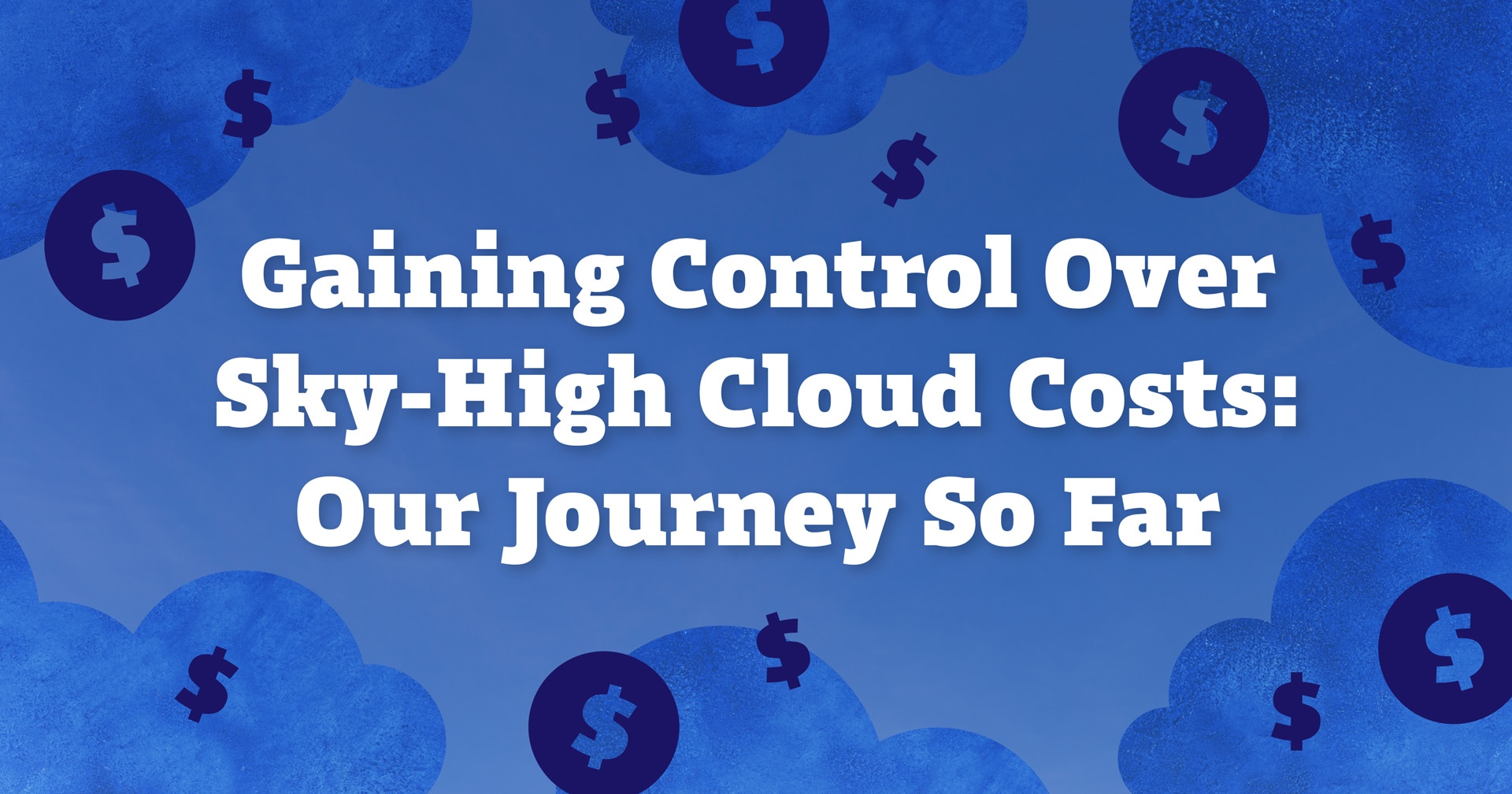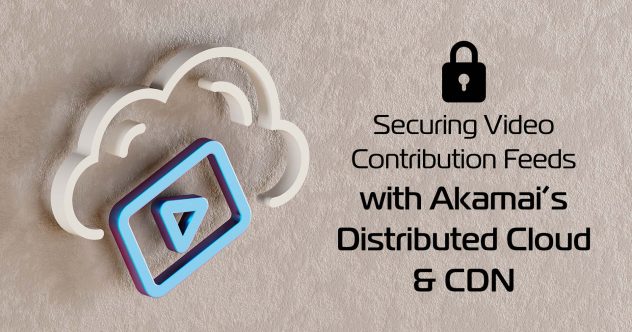Have you taken a close look at your cloud spend recently? A 2024 report found that many businesses spend $2.4 million to $12 million each year on public clouds, with nearly one-third of cloud customers surveyed spending more than $12 million annually. It’s a small wonder that many IT leaders point to managing cloud spend as a top challenge.
No one doubts that the cloud has played a central role in fueling digital transformation, increasing agility and application modernization. But as businesses steadily increase their adoption of cloud resources, the cost of that transformation has become considerably higher than most companies predicted or planned. As organizations increasingly shift their focus to more efficient, sustainable growth, gaining control over cloud spend is becoming an issue of strategic importance.
Refocusing our cloud strategy
At Akamai, we have been using cloud services for nearly two decades and have seen the impact of spiraling cloud costs on our own business. Recently, we recognized the need to develop an effective strategy for adopting, using, and scaling cloud technologies to control costs while continuing to meet the needs of our global customer base. This realization led to a company-wide initiative, known as Project Cirrus, to migrate third-party public cloud workloads to our public cloud infrastructure. To date, Project Cirrus, has enabled us to reduce our public cloud spend by 40% in year one, with a projected 70% savings in year two, while improving the efficiency and the performance of our business-critical applications.
While this type of migration might not be an appropriate strategy for every workload, our initiative focused on three key objectives that are relevant to any enterprise seeking to gain greater control of cloud costs.
- Optimize capital allocation and strategic investments
We aimed to prioritize strategic investments to support our global business objectives and long-term growth. While Project Cirrus focused on migrating workloads to Akamai’s cloud, we recognized that, in some cases, a multicloud architecture would result in better outcomes. Effective financial planning, coupled with advanced analytics to continuously monitor cloud usage and spending, helped identify inefficiencies and optimization opportunities. Having this insight enables us to take advantage of Reserved Instances (RI) and other discounts offered by cloud providers — in some cases, saving up to 75% compared to on-demand pricing. Using automation to optimize resource allocation enables us to shut down unused resources and right-size instances, reducing cloud waste by up to 40%.
- Ensure financial resilience and support risk management
This objective involved mitigating cloud concentration and uncontrolled spending for business-critical applications, enabling us to maximize value while managing financial risks. While reducing cloud spend is important, financial resilience and risk management transcend cost considerations. The need for processing power to support cloud applications is driving increased demand for data center construction and more compute resources. But supply chain constraints create barriers to these projects, delaying timelines. By establishing a strategic framework for investing in cloud technologies, Akamai’s Global Risk and Compliance teams work more closely with our Product Engineering and Finance teams to plan for first-party versus third-party cloud investments, enhancing resilience and mitigating risk.
- Power the next phase of digital transformation
This objective involves institutionalizing a cloud-first approach to avoid cloud concentration risk and vendor lock-in. Empowering our teams to weigh performance, efficiency, and portability will improve decision-making based on a holistic view of costs, including vendor-specific solutions and their potential impacts on people and processes.
Investing in technologies that enhance cloud performance — such as containerization, serverless computing, and AI-driven optimization tools — can lead to long-term cost efficiencies. Institutionalizing a decision framework and governance model to inform future cloud architecture decisions is an important goal of our initiative. As we continue to develop applications, acquire new technologies, and optimize our business-critical applications, we plan to provide our teams with guidance for evaluating opportunities for modernizing product architectures and choosing the right cloud platform to meet their business objectives.
Get started on the path
Optimizing cloud utilization and costs is a journey, and we don’t have all the answers. However, we share this brief summary of our cloud optimization initiative in the hopes that it inspires other enterprise leaders to rethink how they approach their cloud strategies. While every organization is unique, focusing on the key objectives I’ve described can be a good starting point for gaining control over cloud costs while effectively managing risk in a volatile and uncertain economic and regulatory environment.
I’d enjoy the opportunity to share more about what we’ve learned so far and hear how your organization is managing its use of cloud resources. Please drop me a line and share your thoughts.
I also invite you to download our latest white paper, “Clear Skies Ahead: Getting control over spiraling cloud costs.”












Comments